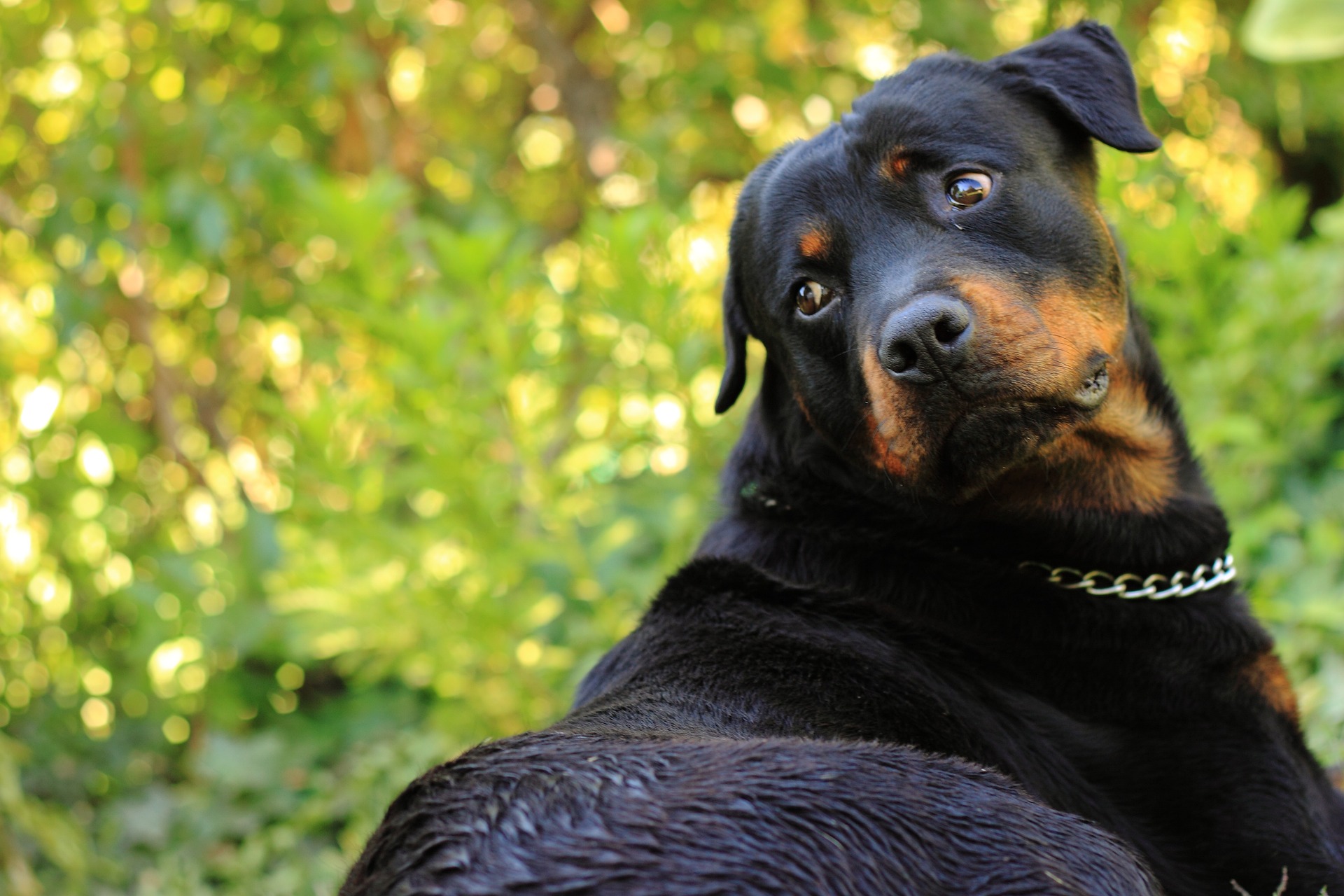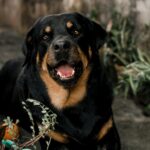Rottweilers are a well-known breed of dog that is known for being strong, loyal, and protective. However, like all dogs, Rottweilers go through a heat cycle during which their behavior may change. Understanding and managing these changes is essential for any Rottweiler owner.
RELATED TOPICS:
- Rottweiler Behavior Problems: Solutions for Common Challenges
- Full information about: Pitbull mating with Rottweiler
- Full guide: Rottweiler mating time
- Complete information about: Female Rottweiler for mating
Female Rottweilers usually go through the heat cycle, which is also called estrus, twice a year. During this time, the dog’s body prepares for breeding and the possibility of pregnancy. When a Rottweiler is in heat, her nipples get bigger, she has vaginal discharge, and she eats more.
One of the most notable changes in behavior during a Rottweiler’s heat cycle is an increase in affection and attention-seeking behavior. Your Rottweiler may become more clingy and want to be near you more often. They may also display increased energy levels and become more playful.
It is also important to note that Rottweilers in heat have a stronger urge to mate. They may display restlessness and even try to escape or run away in search of a mate. To prevent this behavior, it is best to keep your Rottweiler on a leash or in a securely enclosed area during her heat cycle.
During a Rottweiler’s heat cycle, it’s also important to think about how it might act toward other dogs. When they are in heat, female Rottweilers can become possessive and may act aggressively toward other dogs, especially males. To prevent this, it is best to keep your Rottweiler away from other dogs during her heat cycle.
How Long Does A Rottweiler Stay In Heat?
The heat cycle, or estrus, typically lasts for about 3 weeks in Rottweilers. However, the exact duration can vary from dog to dog and may last anywhere from 2–4 weeks. The heat cycle is divided into several stages, including the proestrus, estrus, and diestrus stages.
During the proestrus stage, which lasts for about 9–10 days, the dog’s body begins preparing for breeding, but she is not yet receptive to mating. The estrus stage, during which the dog is receptive to mating, typically lasts for about 10 days.
The final stage, called diestrus, is when the dog’s body returns to its normal state and lasts for about 60–90 days.
Common Behaviors Of A Female Dog In Heat
Known also as estrus, a female dog in heat may exhibit a range of behaviors. The most typical actions include the following:
- One of the most blatant indications that a dog is in heat is when the vulva swells and turns red. This is brought on by an increase in blood flow to the area.
- Vaginal discharge, which can be clear, pink, or reddish, will rise as the body of the dog gears up for reproduction.
- Urination frequency and location may increase as a female dog goes into heat in an effort to attract a mate.
- Enhanced attachment and attention-seeking: Female dogs may become more affectionate and more in need of their owners’ attention while they are in estrus.
- Agitation and restlessness: As the dog’s body prepares for reproducing, it may show signs of increased energy by becoming restless and agitated.
- Aggression toward other dogs: Female dogs in heat may act aggressively and territorially toward other canines, particularly males.
The fact that every dog is distinct and could exhibit a varied set of behaviors during estrus should be noted. In order to safeguard their dog’s welfare and avert any potential mishaps, dog owners must comprehend and manage these changes.
Rottweiler Breeding Age Limit
Rottweilers, like all breeds, have a recommended breeding age limit. The American Kennel Club (AKC) recommends that Rottweilers not be bred until they are at least two years old after they have reached full physical and mental maturity. The Rottweiler should also have had all necessary health screenings and evaluations, such as hip and elbow dysplasia screenings, a heart evaluation, and a temperament test.
It’s important to keep in mind that breeding Rottweilers at an early age can have negative effects on both the health of the mother and the puppies. Breeding a Rottweiler before it reaches full maturity can cause numerous health issues, including an increased risk of complications during pregnancy and delivery as well as an increased risk of genetic defects in the puppies.
Therefore, it’s highly recommended to wait until the Rottweiler reaches the recommended breeding age limit and has passed all necessary health evaluations before breeding. This will ensure that the breeding process is as safe and successful as possible for both the mother and the puppies.
Final Thoughts About Rottweiler In Heat
In conclusion, Rottweilers in heat may display changes in behavior such as increased affection and attention-seeking, restlessness, and potential aggression toward other dogs.
It is important for Rottweiler owners to understand and manage these changes in order to ensure the well-being of their pets and prevent any potential accidents. Spaying your Rottweiler is also a great solution to avoid this behavior.







